
AeroGenie – Ihr intelligenter Copilot.
Trends
Categories
Thailand Seeks to Establish Itself as Regional Aviation Hub
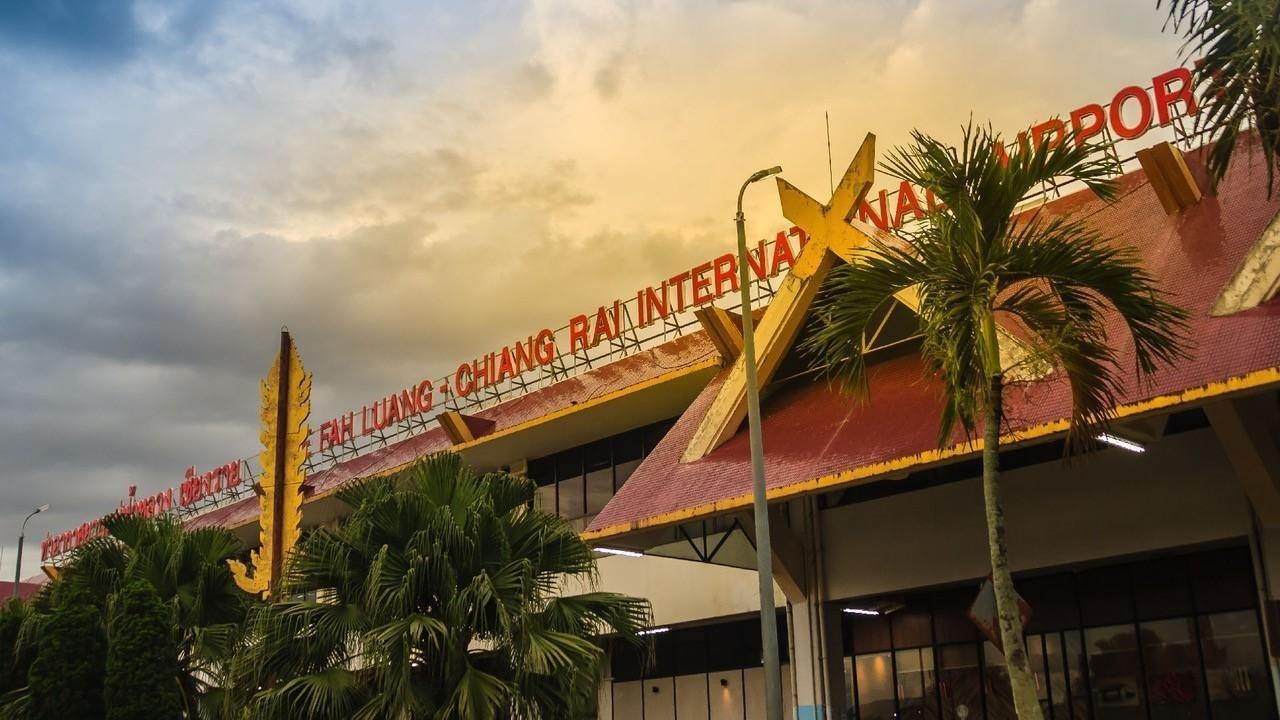
Thailand’s Ambitious Drive to Become Southeast Asia’s Aviation Hub
Thailand has unveiled a comprehensive strategy aimed at establishing itself as the leading aviation hub in Southeast Asia. The Civil Aviation Authority of Thailand (CAAT) announced this initiative following the country’s recent upgrade to Category 1 (CAT1) aviation safety status, a recognition that aligns Thailand with international safety standards and opens new avenues for growth in the aviation sector.
Strategic Components of the Aviation Hub Project
Air Chief Marshal Manat Chuanaprayoon, Director of CAAT, outlined the multifaceted Aviation Hub project, which focuses on developing Maintenance, Repair and Overhaul (MRO) centers, establishing advanced aviation training facilities, and enhancing air cargo services. These efforts are designed to position Thailand as a central player in the regional aviation landscape.
The creation of MRO centers is a cornerstone of the plan, targeting both domestic and international airlines. By collaborating with global industry leaders, Thailand aims to provide comprehensive maintenance services for major aircraft manufacturers such as Boeing and Airbus. This expansion is expected to broaden the country’s customer base and reinforce its status as a key aviation hub.
In parallel, CAAT is pursuing reforms to stimulate the air cargo sector by easing restrictions on foreign ownership and encouraging Thai entrepreneurs to enter the market. These regulatory adjustments are intended to boost passenger traffic and facilitate regional trade, thereby strengthening Thailand’s competitive edge in air freight.
The initiative also includes the establishment of Aviation Training Centres at major airports including Suvarnabhumi, Don Mueang, and Phuket. These centers will employ cutting-edge technology and adhere to international best practices to train personnel in flight operations, aircraft maintenance, and air traffic control. The plan for these training facilities is expected to be finalized by 2026, reflecting the critical need for a skilled workforce to support the sector’s expansion.
Additionally, CAAT plans to expand general aviation services, encompassing private jet operations and drone integration. Infrastructure upgrades aim to attract high-spending tourists, while regulatory reviews will facilitate the incorporation of modern aviation technologies into Thailand’s airspace.
Challenges and Future Prospects
Despite the promising outlook, Thailand’s aviation sector faces significant challenges. Infrastructure constraints, airport congestion, and high operational costs remain pressing issues for airlines operating in the country. Addressing these obstacles will be essential for Thailand to fully realize its ambitions and attract increased investment from international partners.
Air Chief Marshal Manat emphasized the government’s commitment to developing the necessary infrastructure and regulatory frameworks to ensure Thailand not only emerges as a formidable aviation hub but also sets new standards in safety, efficiency, and sustainability. By fostering innovation and leveraging technology, Thailand aims to build a resilient aviation ecosystem that meets the evolving demands of airlines, passengers, and industry professionals, thereby securing its position at the forefront of regional aviation.
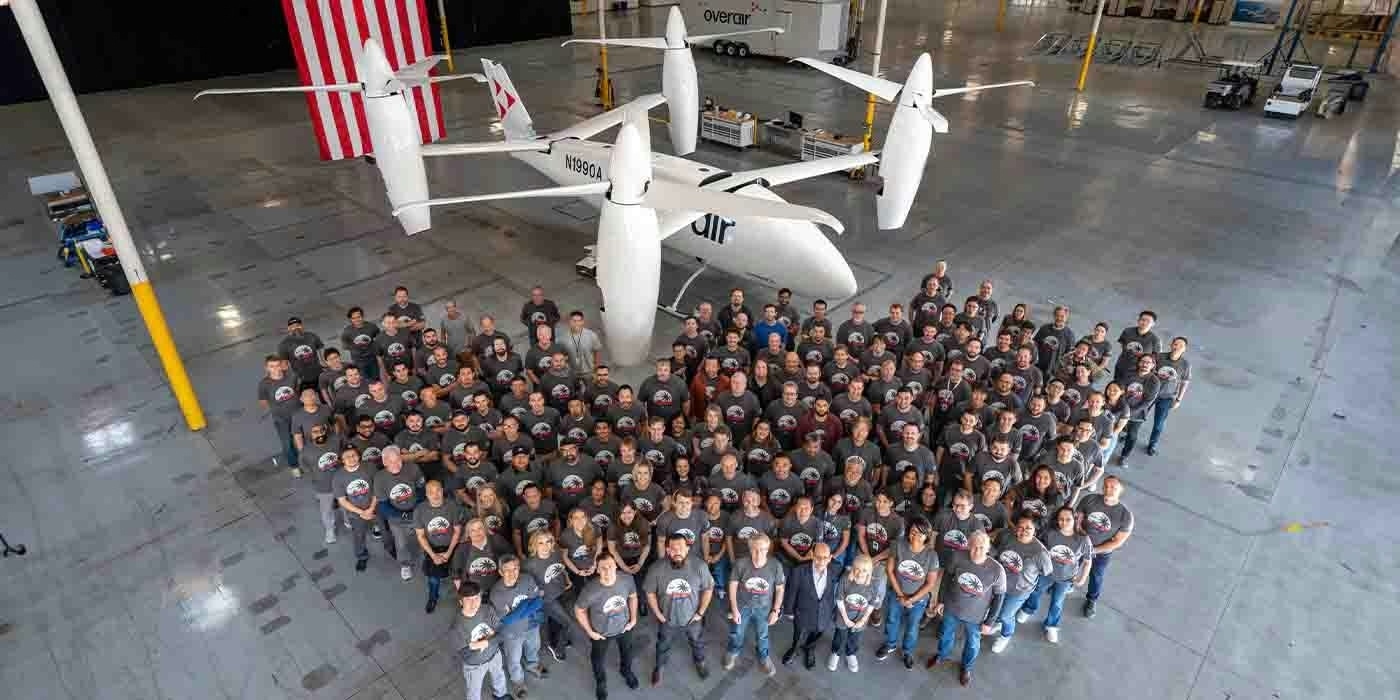
Unique mixed-propulsion eVTOL completes transition flight testing
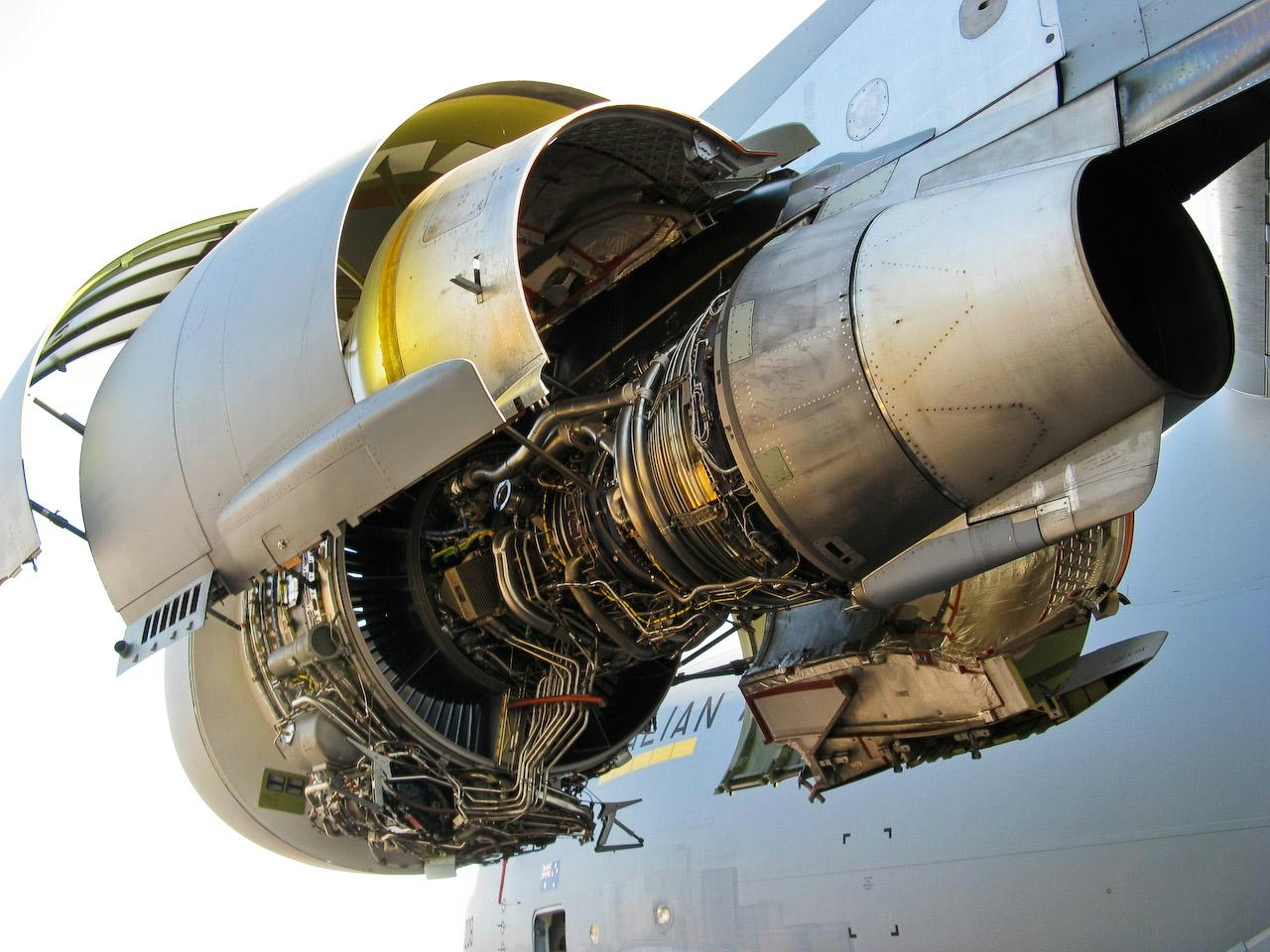
Are C-17 Globemaster Engines Derived from Boeing 757?
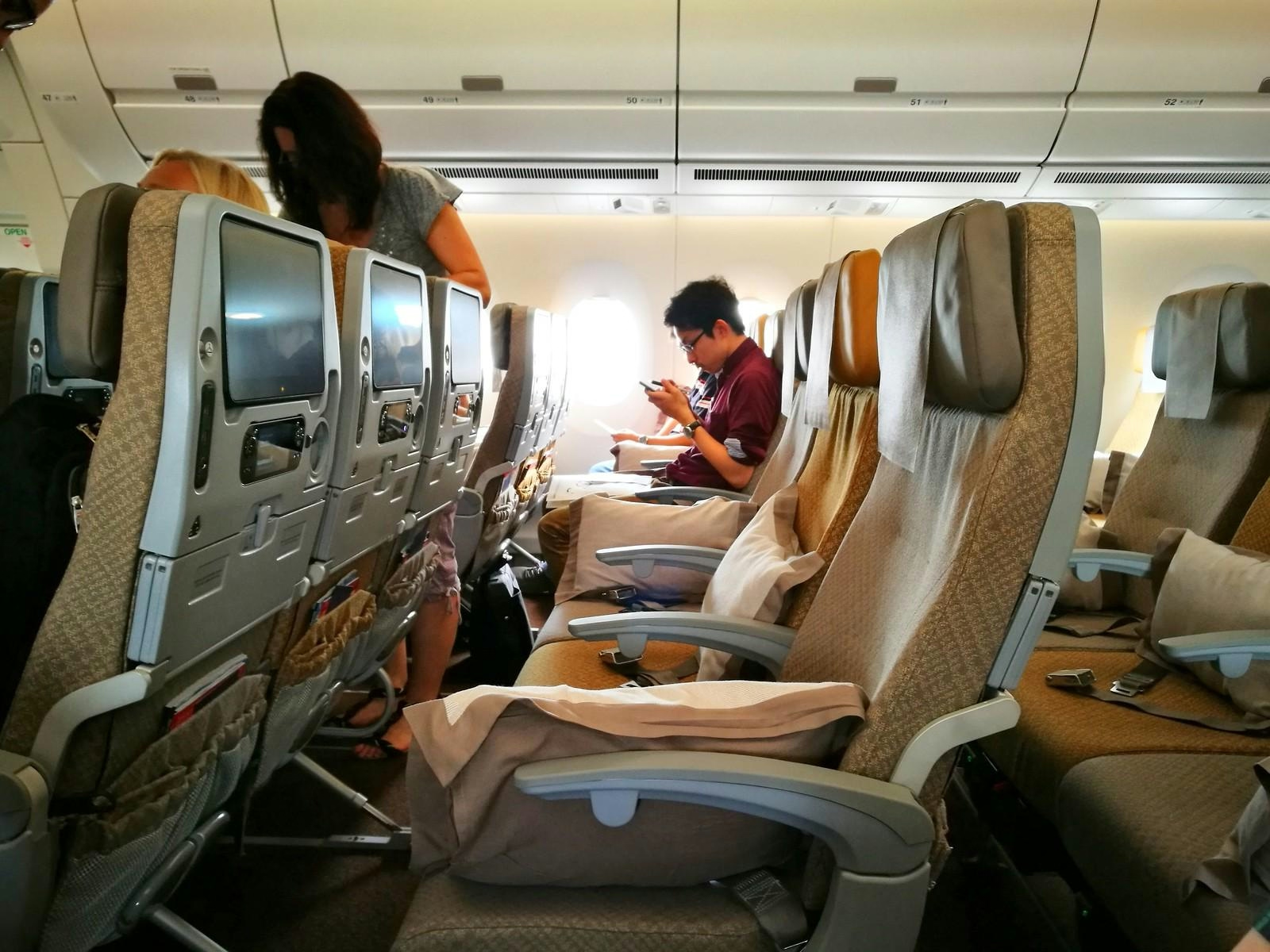
Why the Airbus A350’s Cabin Is Quieter Than Other Aircraft
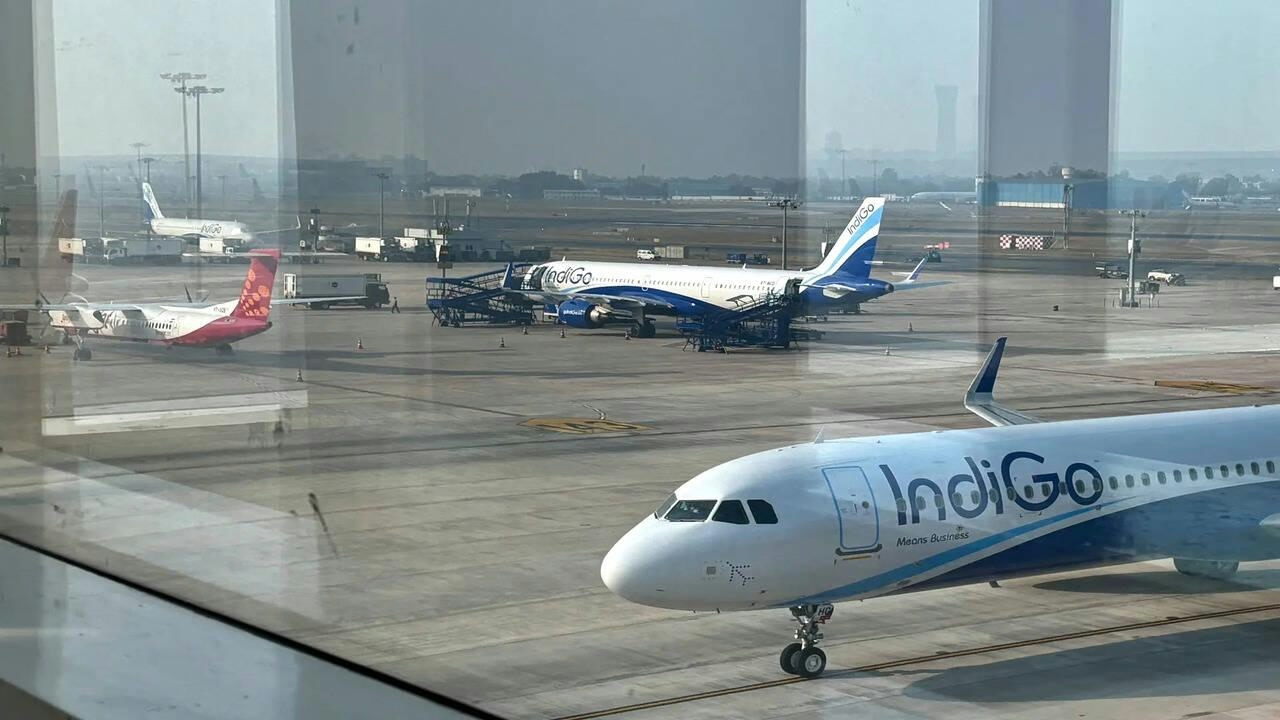
AI and AI Express Plan to Increase Capacity Amid IndiGo Flight Disruptions
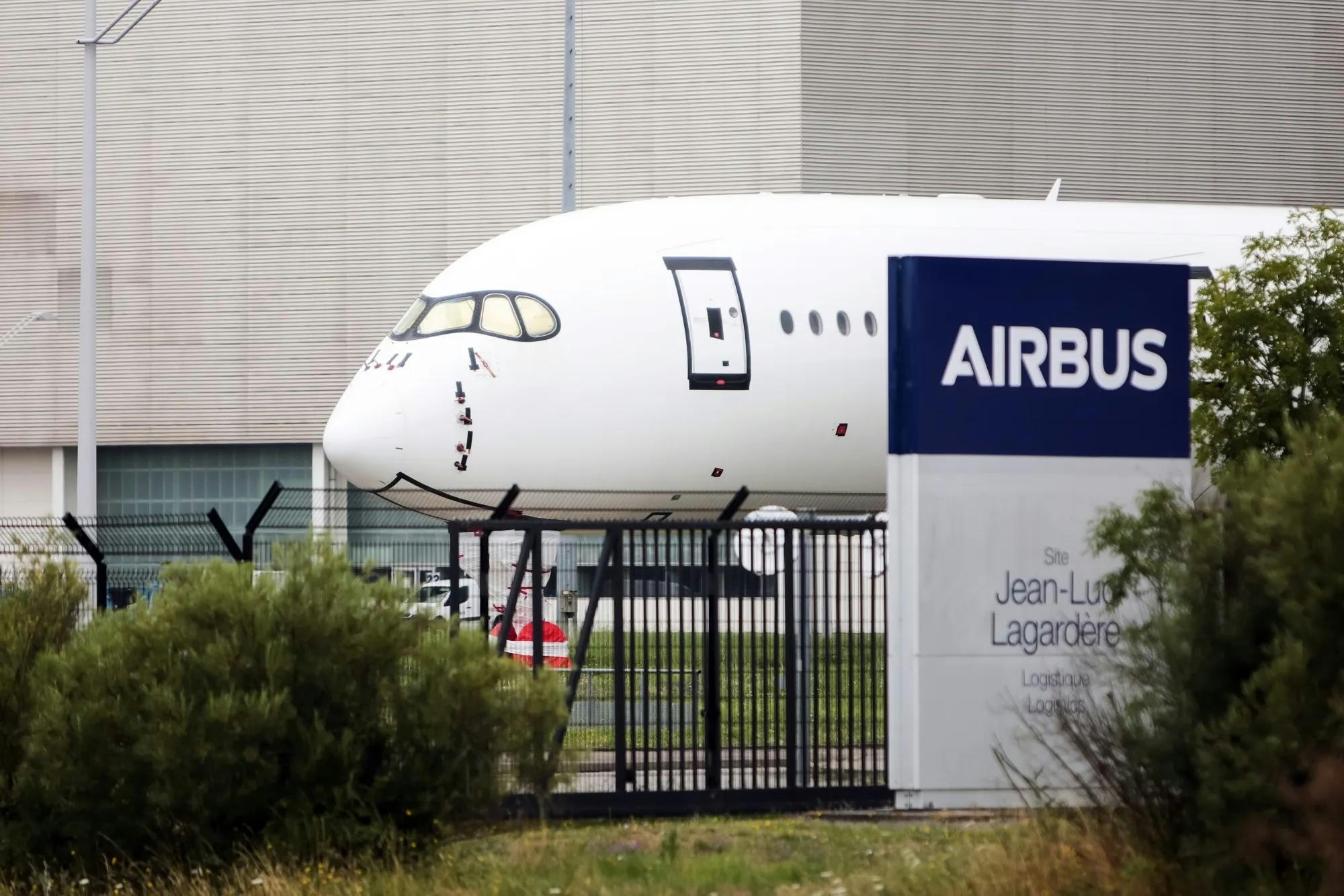
Kazakhstan and France Agree on Airbus Aircraft Deliveries
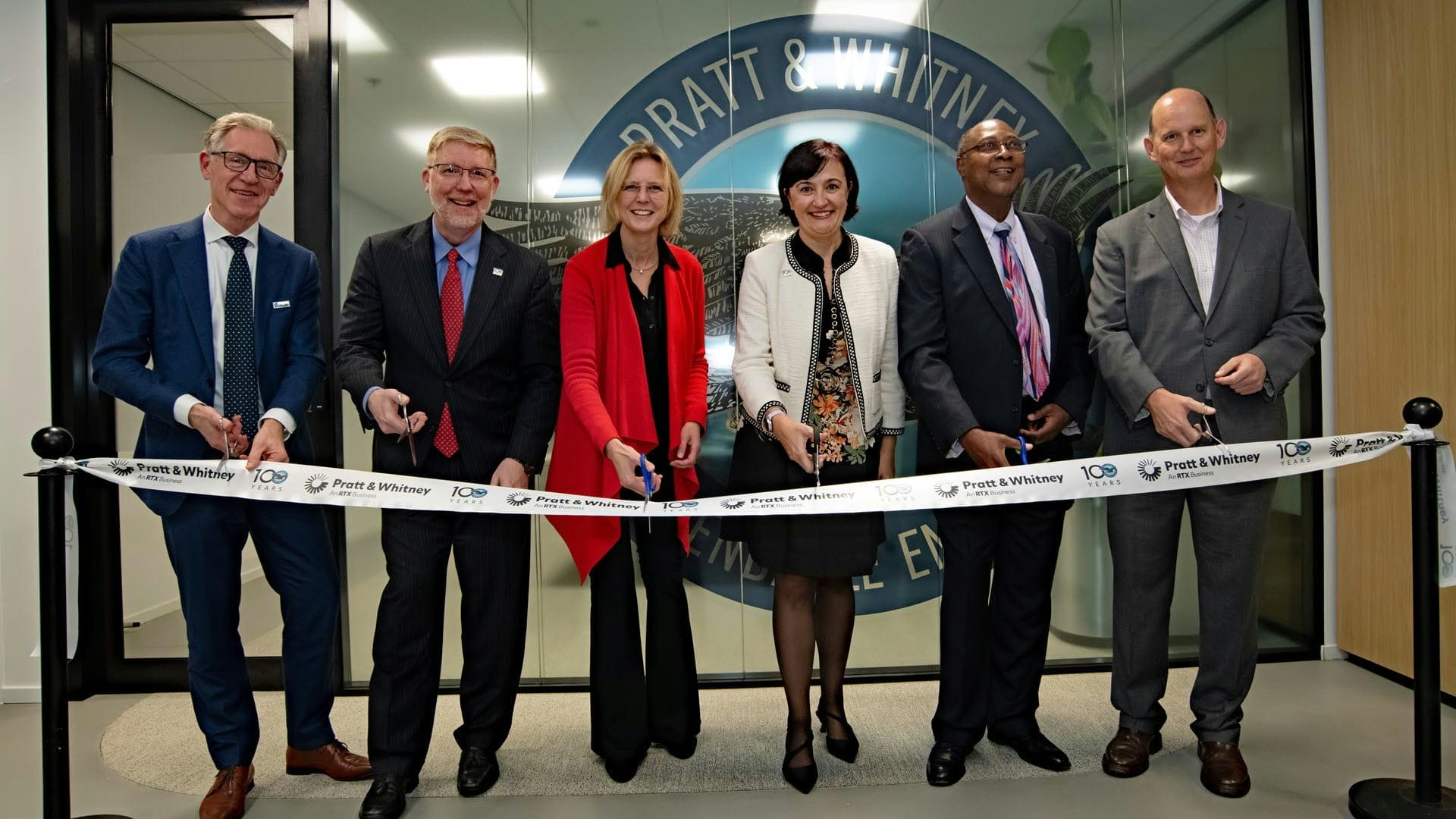
Europe’s Emerging Talent Drives Aviation Innovation
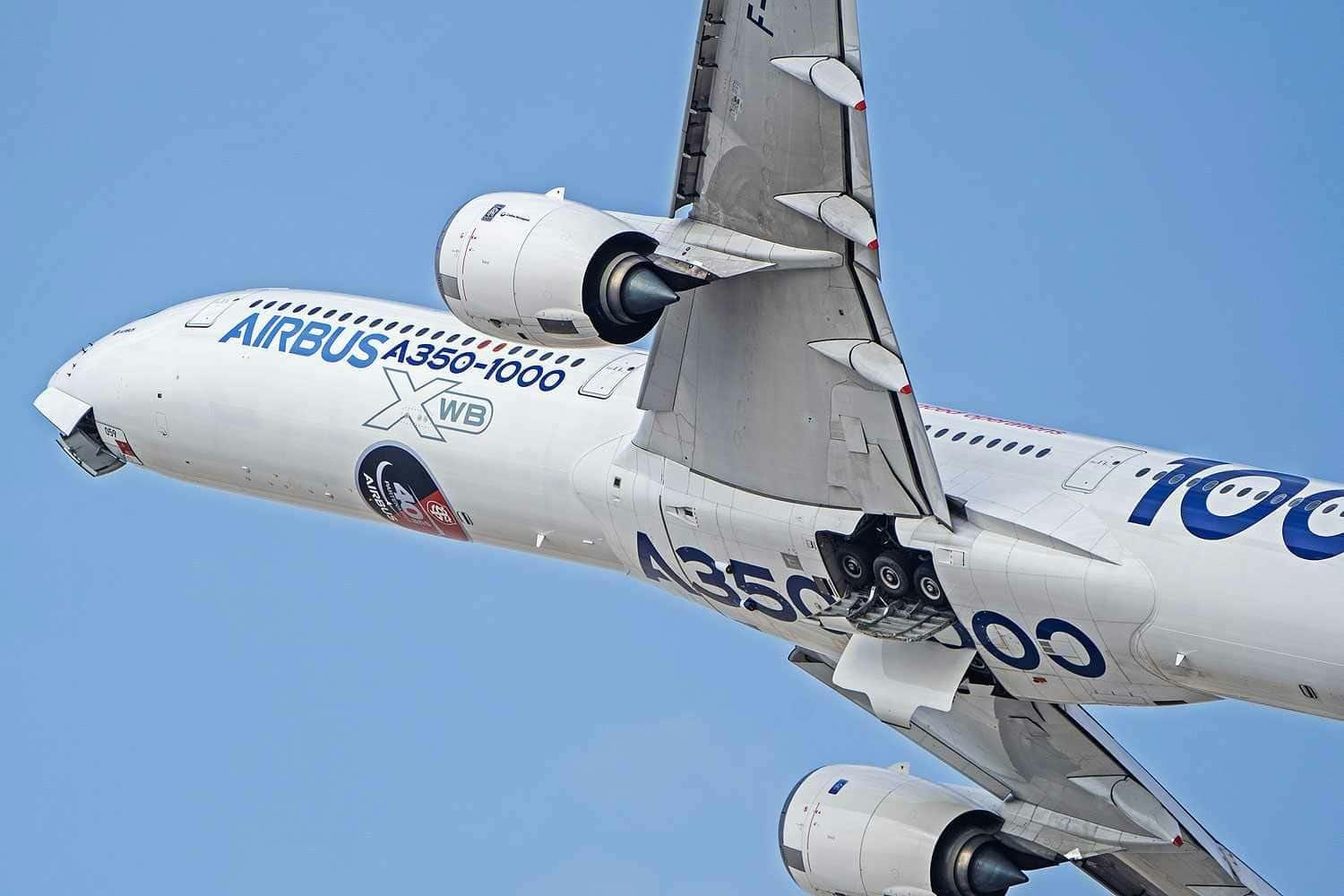
Airbus Receives New Order for A350-1000
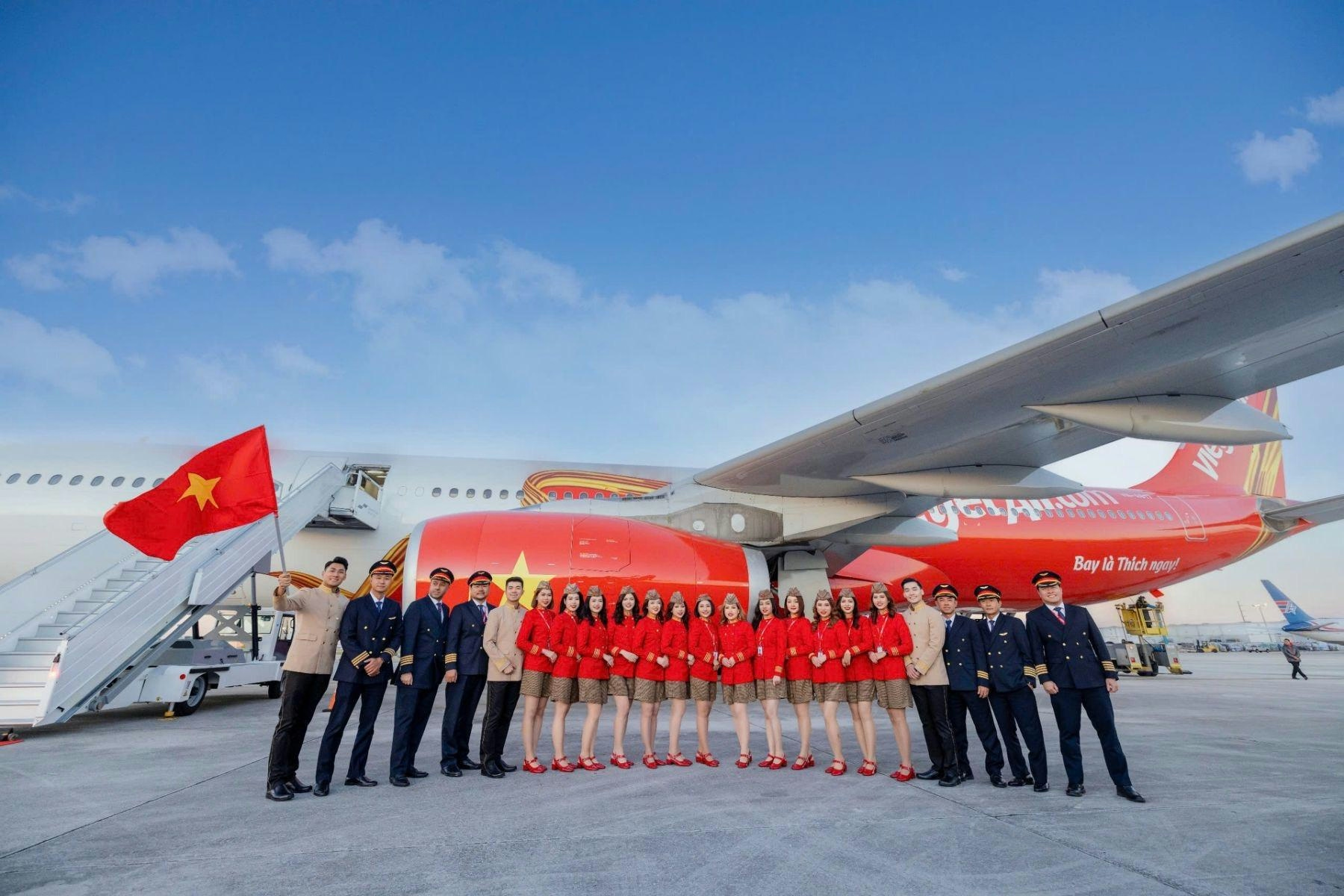
The Leading Widebody Aircraft in Service Today
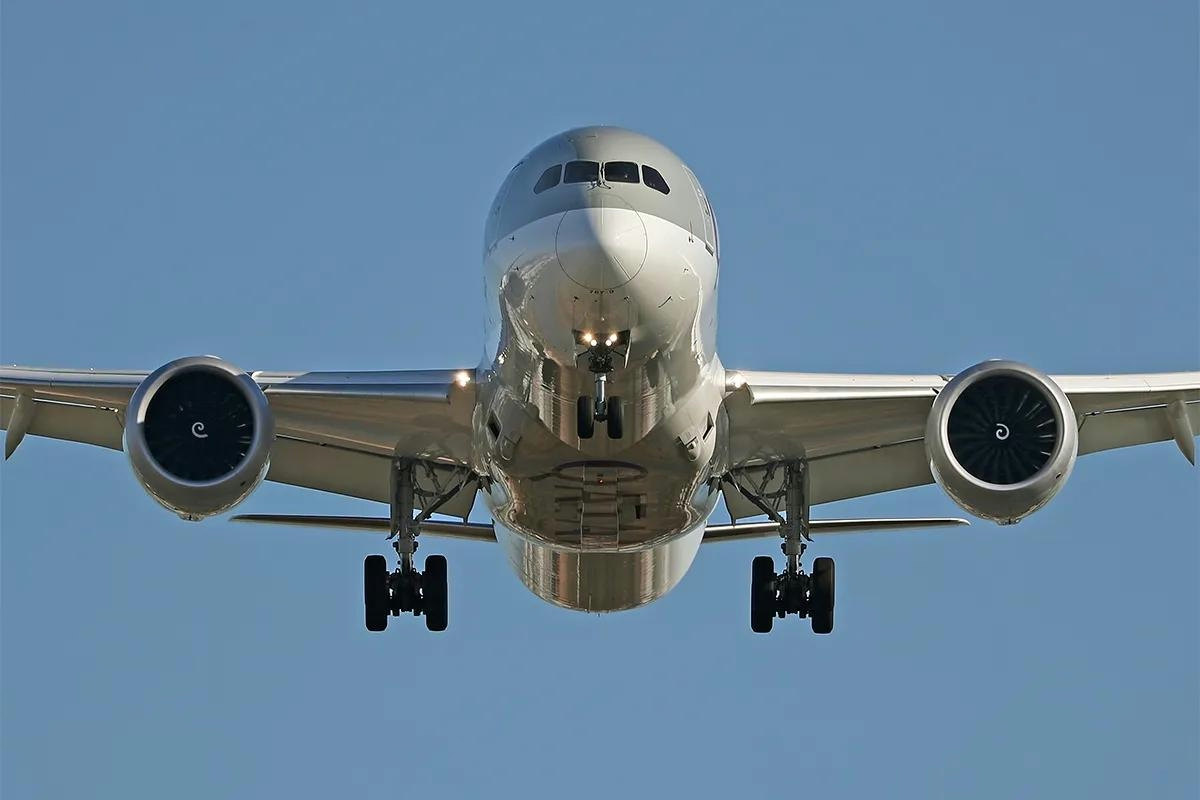
The Fastest Boeing Jet Currently in Service
